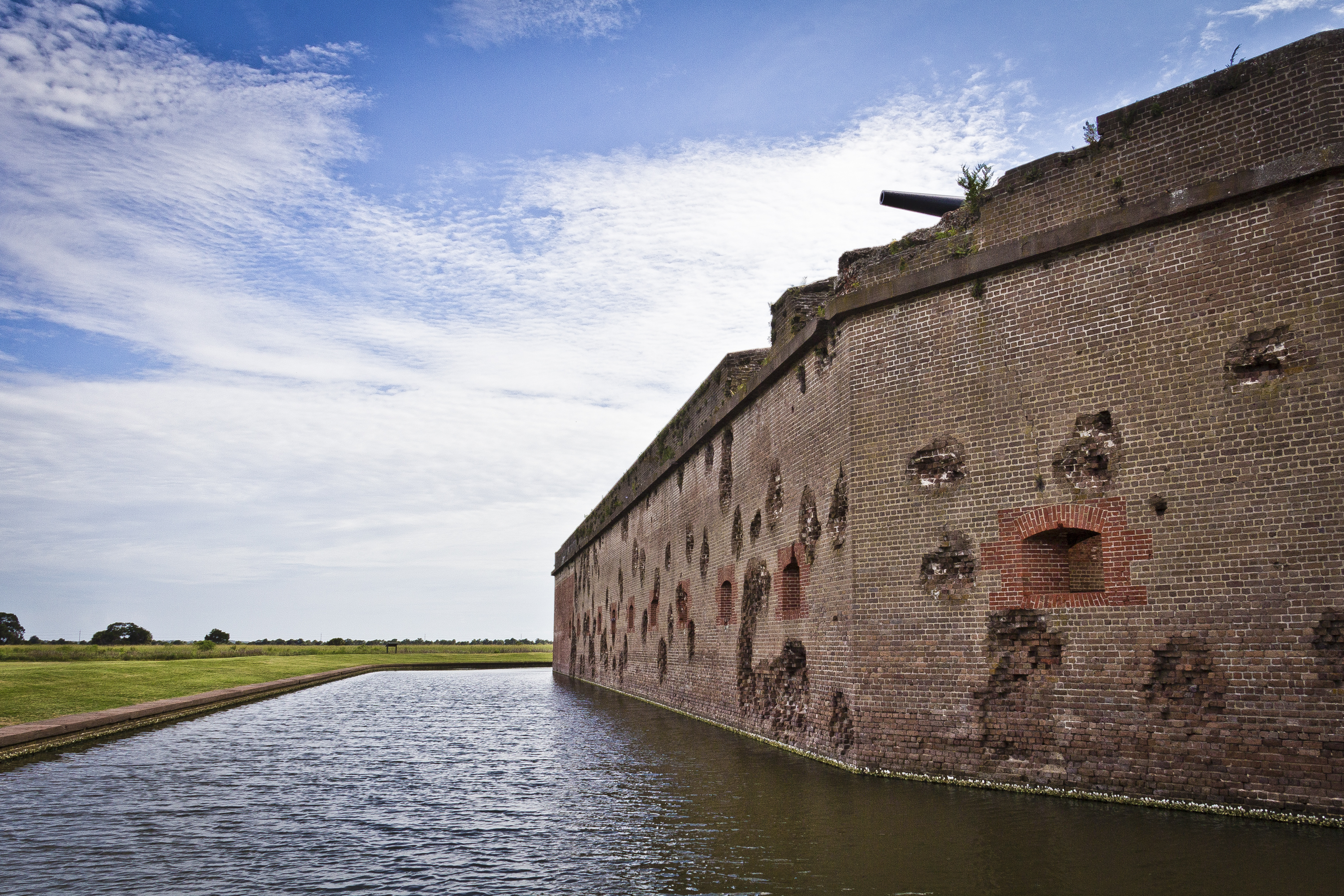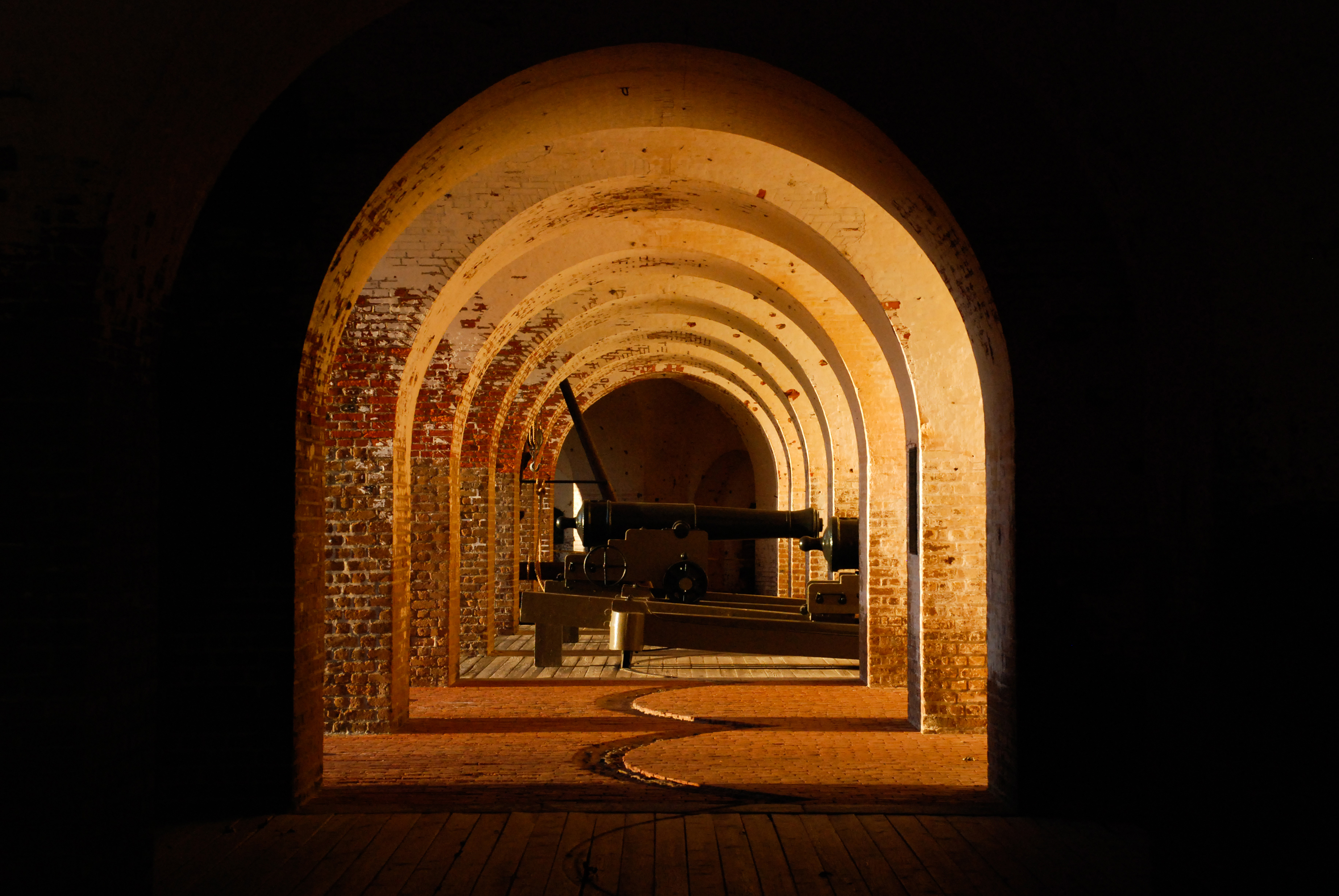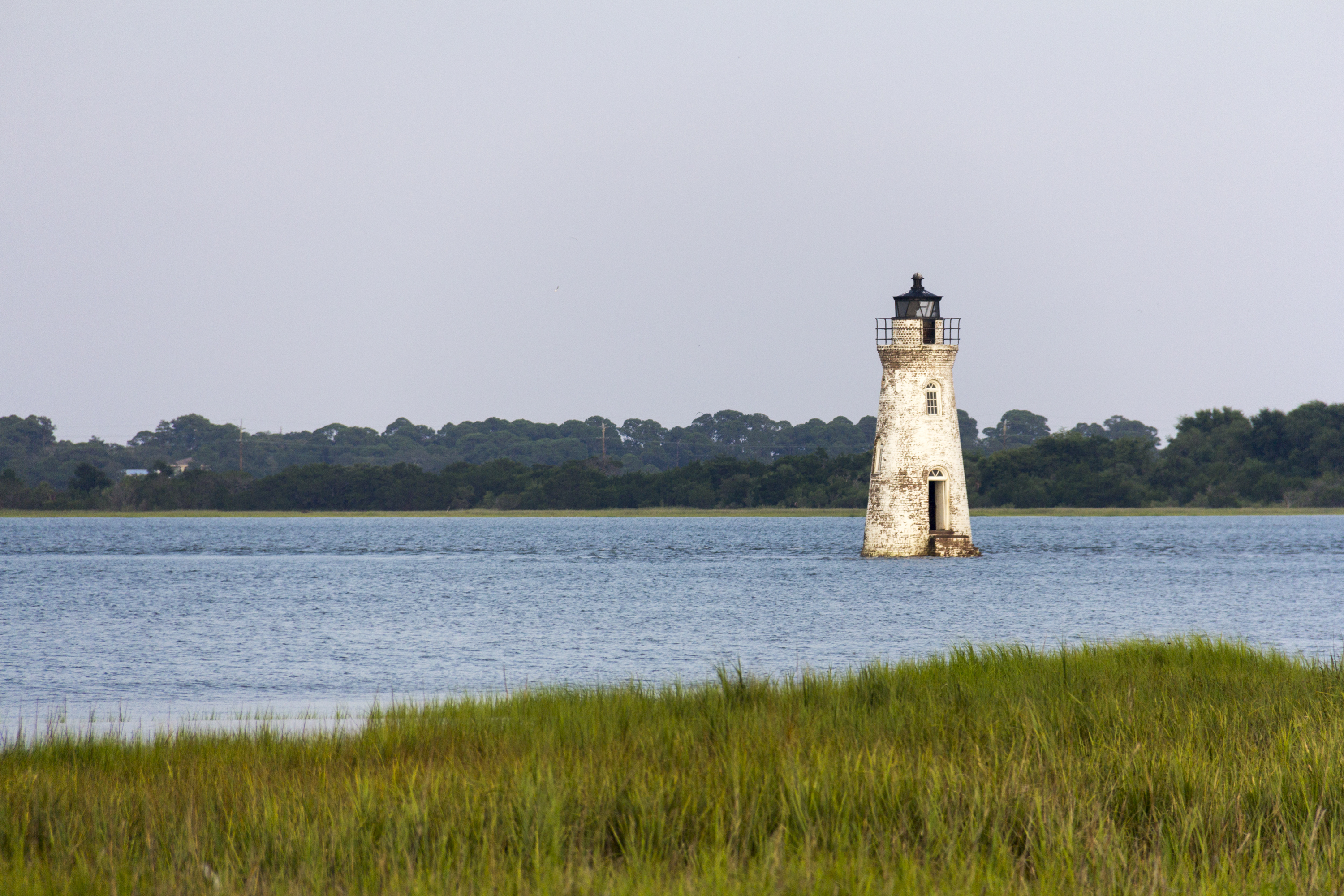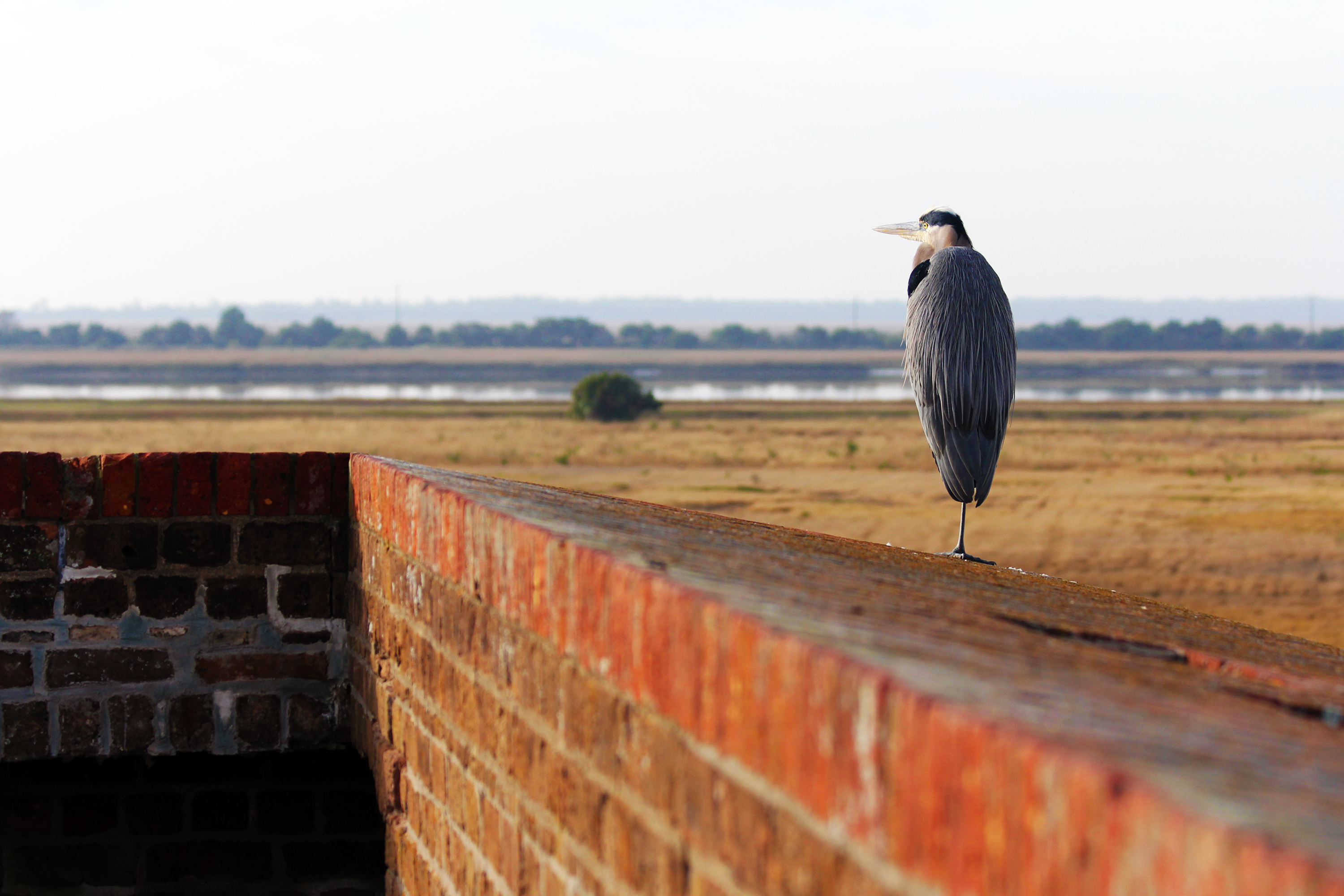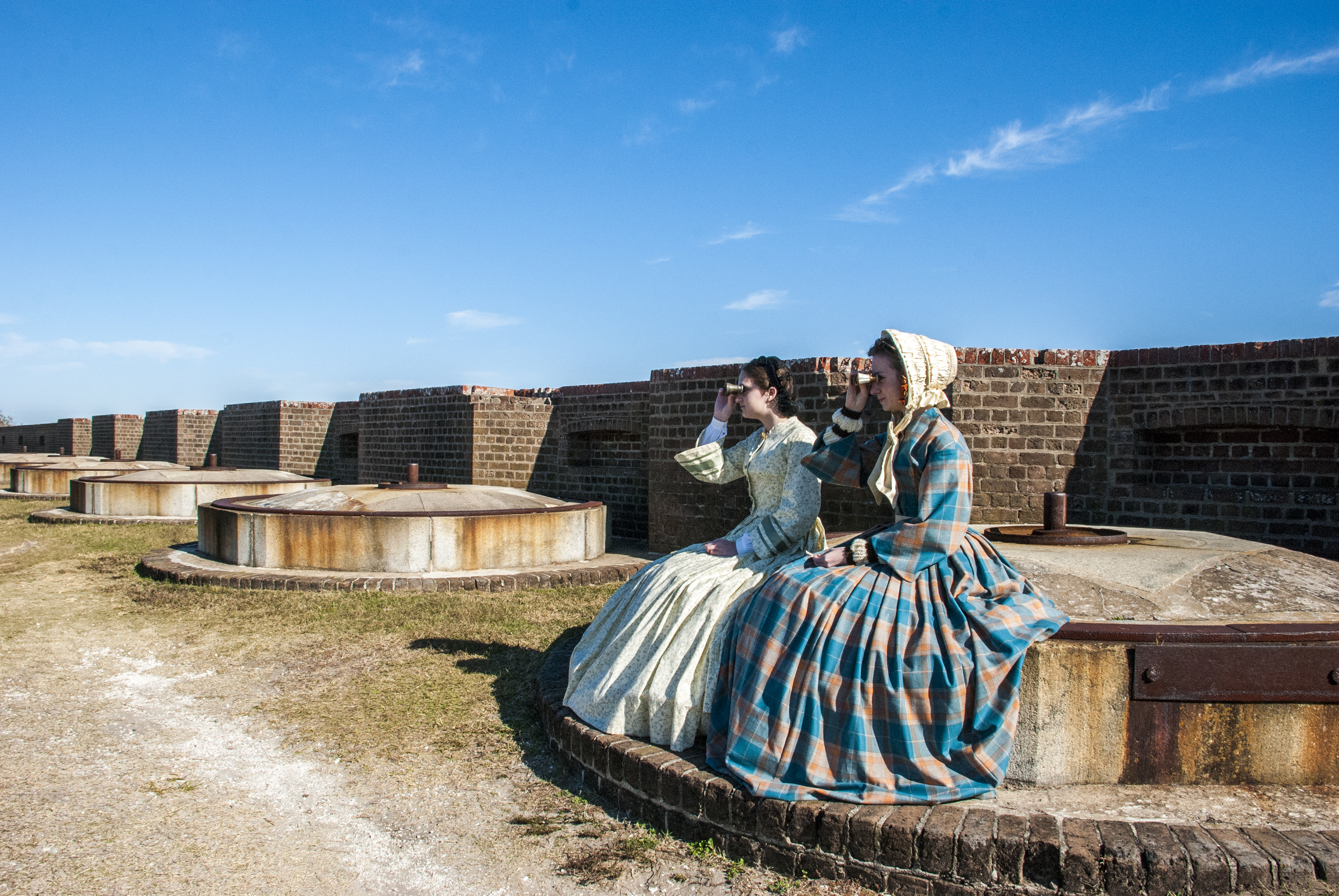For much of the 19th century, masonry fortifications were the United States’ main defense against overseas enemies. However, during the Civil War, new technology proved its superiority over these forts. Using rifled cannons, the U.S. Army compelled the Confederate garrison inside Fort Pulaski to surrender. The siege was a landmark experiment in the history of military science and invention.
The Battered Walls of Fort Pulaski
A walk along the outside of Fort Pulaski reveals damaged walls over 150 years after the Civil War.
The Casemates of a Fort
Fort Pulaski shows off its classic arched architecture and cannon.
The Cockspur Island Lighthouse
The Cockspur Island Lighthouse still stands guard over the south channel of the Savannah River and Fort Pulaski.
The Sentinel
A great blue heron stands on the top of Fort Pulaski like a lonely sentinel.
The Ladies of a Fort
Volunteer living historians play an important role for the National Park Service and Fort Pulaski National Monument.
Night Cannon Firing at Fort Pulaski
Artillery demonstrations are an important part of the interpretation program at Fort Pulaski.
